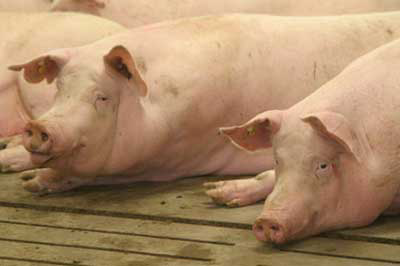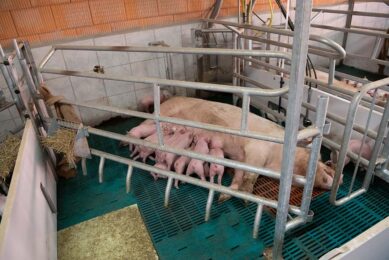Ketoprofen can help sows lactate better

Lying passively may be one of the signs of pain after farrowing in young sows. When treated with ketoprofen, young sows exhibited increase of movement.
This was the main outcome of Finnish research, carried out by scientists from the University of Helsinki and the Finnish Department of Production Animal Medicine. The researchers aimed to figure out whether or not post-partum pain affects behaviour of sows in early lactation – and whether instramuscular use of ketoprofen can make a difference in this.
A randomised, double-blinded, placebo controlled trial was conducted with ketoprofen used (3 mg/kg bodyweight) for three consecutive days after farrowing on 19 sows. Nineteen sows were used as a control group and they received sodium chloride as placebo.
All 38 sows were videotaped for three days after farrowing – a total of six hours per day for behavioural analysis. Percentages, bout lengths and numbers of occasions were calculated from four different body postures (standing, lateral and sternal lying and lying udder towards piglet area) and active head movements. Numbers of all nursings and percentages of unsuccessful and sow terminated nursings were calculated. Feeding and drinking were observed as numbers of occasions. Differences between treatments and parities (young, parity 2–3 and old, parity 4–9) were analysed with repeated measures mixed models.
No treatment effect was detected on any measured parameter. Interactions between treatment and parity were found for position changes, standing, feeding, drinking and lying udder towards piglet area. Young sows treated with ketoprofen presented more position changes than young placebo sows and more standing bouts than old ketoprofin ones. Young ketoprofen sows had more lying udder towards piglet area bouts than placebo peers.
Old ketoprofin sows drunk less often than placebo peers but young ketoprofin sows ate more often than old ketoprofin sows. Young sows in general appeared more active and they were changing position more frequently than old ketoprofin sows.
No effect on piglets was found.
The article was published in Applied Animal Behaviour Science.











